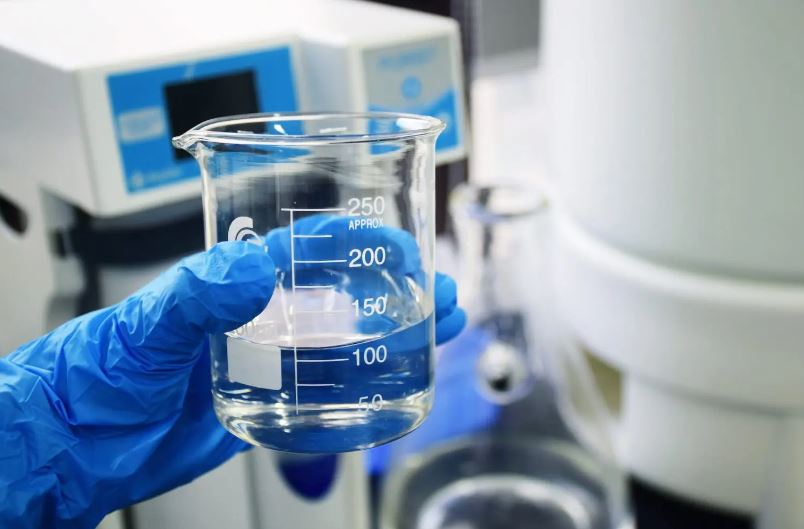Against chronic drought, regulators voted for waste water recycling
Would you drink your toilet water? In California since yesterday it is legal, thanks to the vote of the State Authority for the control of water resources. The approval of the waste water recycling scheme thus opens to the reuse of a resource that in the American state has become increasingly scarce. Faced with severe droughts that have undermined water safety, California has been working for years on a measure for the treatment and reuse of waste water. Until yesterday, when the legislation changed.
The new rules require wastewater to be treated against all pathogens and viruses. Although these microorganisms are not present. This is therefore an even stricter standard than that governing the treatment of other waters. In this case, treatment is required only for known pathogens. The problem is that such attention leads to the removal of all minerals that give a flavor to drinking water. When the toilet goes into the purifier, then, it will come out practically distilled. If the idea is not to put it in the iron, but to use it for human consumption, the minerals will be added again at the end of the process.
The California state water agencies are all planning to build huge water recycling plants in the coming years. The Southern California Metropolitan Water District, serving 19 million people, aims to produce over half a billion gallons of recycled water per day. In San Diego the intention is to recover almost half of the water consumed by 2035.
The recovery of waste water is already practiced in California, but so far had taken different circuits from those of direct consumption. With the recycled waste water, ice from the Hockey stadiums was produced, crops were irrigated and artificial snow was created for the ski slopes. Now things can change, even if the cost of installations is acceptable only when distribution serves large cities.

